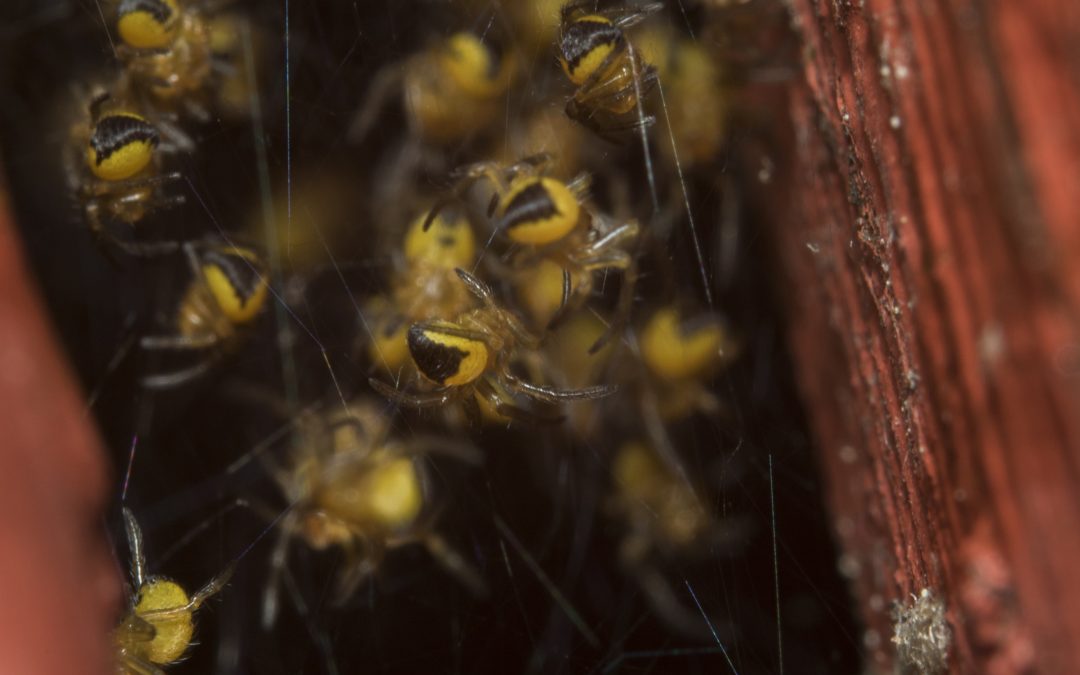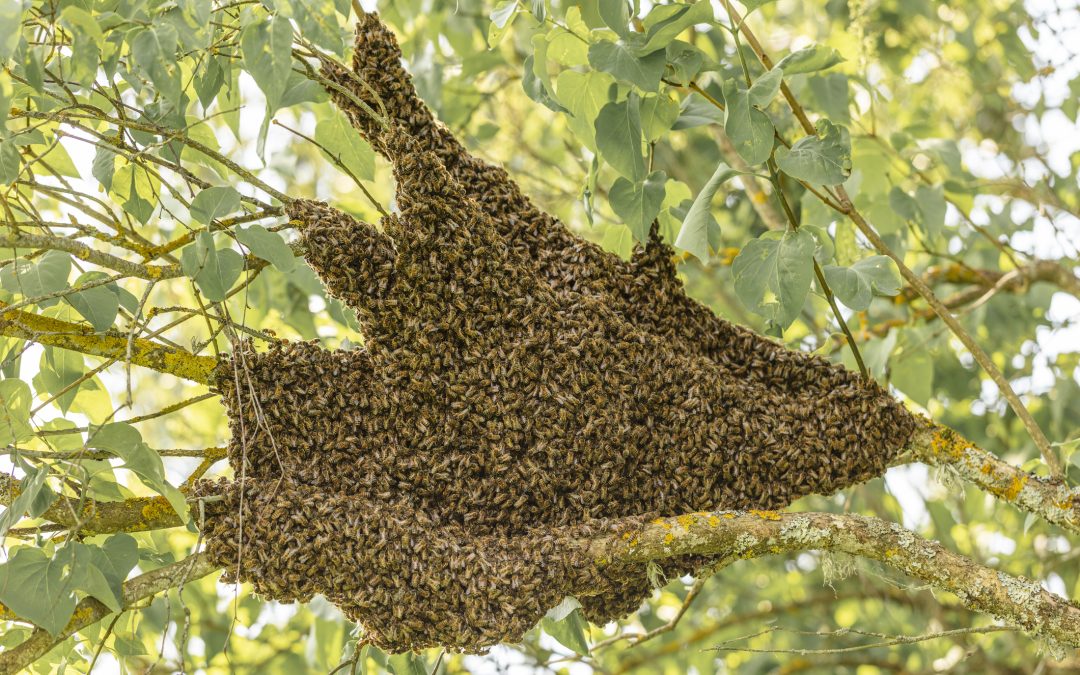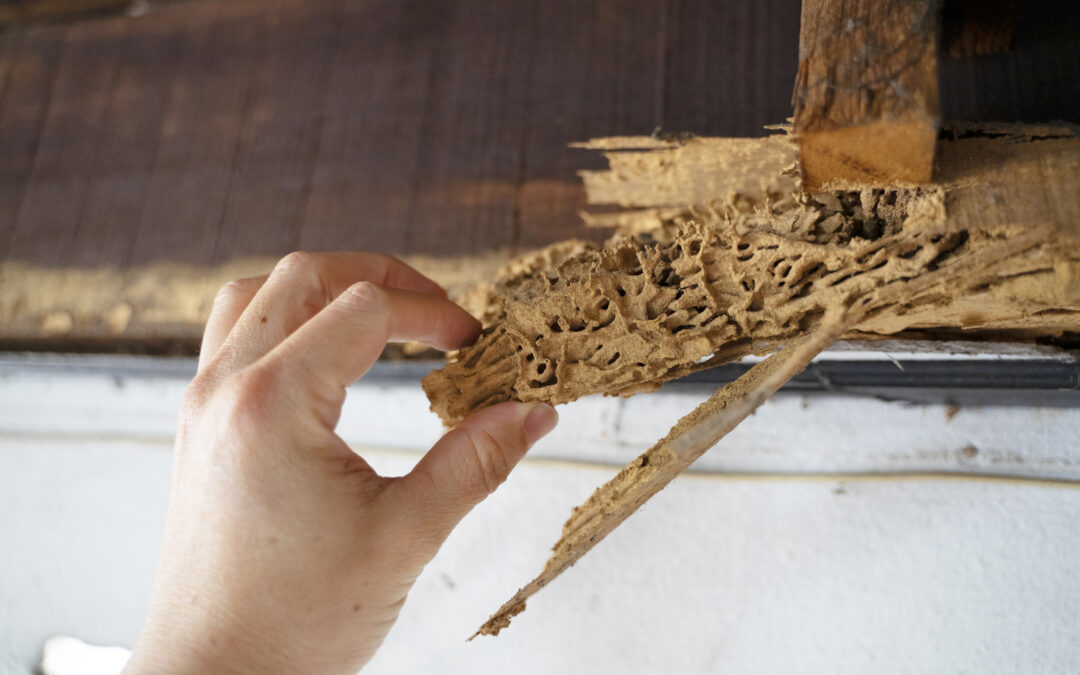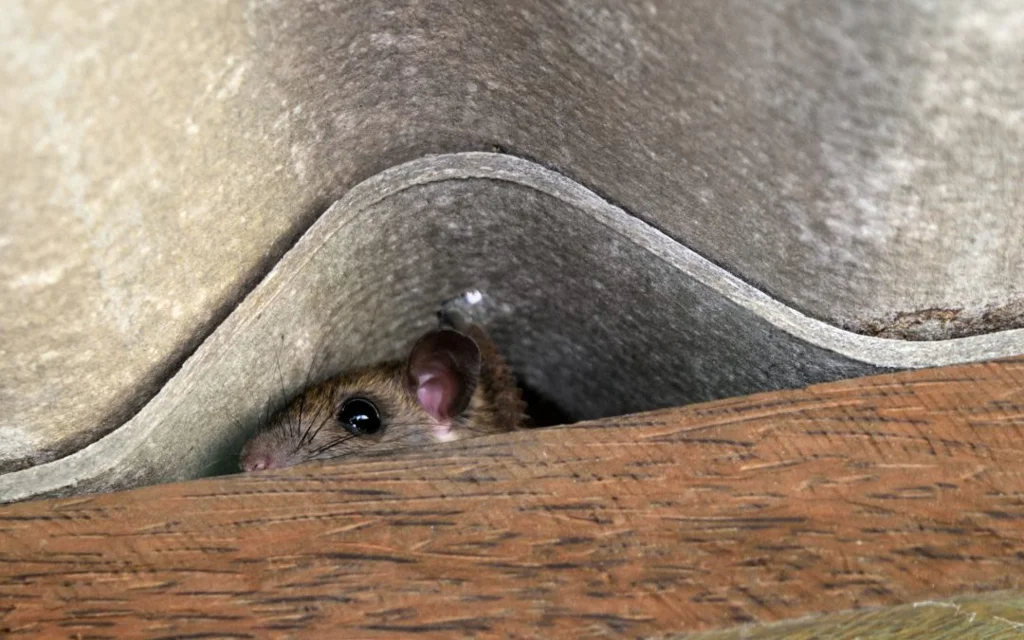
Garden Orb Weavers: Should You Keep or Wipe Them Out?
Seen those giant, sticky webs hanging between your fence and the lemon tree? That’s the work of garden orb weaving spiders. You may have seen these backyard master builders show up like clockwork in various gardens in Adelaide, spinning their iconic webs overnight and vanishing with the dawn.
But are garden orb weavers dangerous? And do garden orb weavers bite? Let’s bust some myths and learn how these very common species fit into your garden’s ecosystem.
What questions will this article answer?
What is a garden orb weaver?
Known for their classic, wheel shaped webs, garden orb weavers are a common spider found in backyards all across Australia.
Benefits of having garden orb weavers in your garden
They’re great at helping to keep the insect population in your yard under control.
Are garden orb weavers dangerous?
They are not aggressive by nature and only bite if they feel threatened.
How can I tell if there are garden orb weavers in my yard?
Garden orb weavers spin distinct webs in the evenings.
Problems caused by garden orb weavers
While they rarely bite, garden orb weavers can cause anxiety in people suffering from arachnophobia.
How to avoid a garden orb weaver outbreak
We recommend regular yard maintenance, sealing off entry points, installing anti-insect night lights, clearing away existing spider webs and using insecticide sprays.
Professional spider treatment
We use a range of nontoxic treatments, including insecticide control sprays and a spider control dust.
For fast and effective spider management, choose Allstate
Available 24/7 for urgent advice, we understand spider behaviour and provide tailored, innovative solutions for all spider outbreaks.
What is a garden orb weaver?
As their name suggests, garden orb weavers are a common spider found in backyards all across Australia. You’ll find them in areas with plenty of insects, including around night lights, in tall grass, tree branches, bushes, fences and walls.
What do they look like?
With over 100 known species in Australia, they can vary in colour from tan to mottled red-brown to black and grow between 1.5 and 3cm long. They have a distinct, large lower abdomen which may have a leaf-shaped pattern or dorsal stripe.
Benefits of having garden orb weavers in your garden
Are garden orb weavers dangerous?
Problems caused by a garden orb weaver outbreak
The good news is, garden orb weavers are typically found outside, and rarely come indoors. They’re also unlikely to bite unless provoked and their venom is considered harmless. You may experience very mild symptoms of pain and swelling, if any at all.
However, garden orb weavers can still be an issue for around 5% of people who have arachnophobia, by triggering anxiety and distress.
Watch out for their large, sticky vertical cobwebs suspended between outdoor furniture, trees and bushes at night. These webs can be difficult to see, so if you accidentally bump into them, they’ll make a mess!
Sick of bumping into spider webs? Speak to an expert today
 or
or
How can I tell if there are garden orb weavers in my yard?
These well-constructed, circular-shaped webs are made from strands of silk which radiate out from the centre, connected with evenly spaced spokes in between. They are typically strung up in the evenings between tree branches, bushes and outdoor furniture in your garden. Depending on the size of the spider, these webs can be up to a metre in diameter.
You’ll normally see the orb weaver sitting head down in the middle, waiting to pounce on insects that get trapped in their sticky web. They will often tear their webs down as dawn breaks.
As nocturnal creatures, garden orb weavers hide away from predators during the day. They’re usually found resting underneath foliage with their legs tucked in.
By late summer and early autumn, they’ll have matured to reach their largest size, making them easier to see out and about.
How to avoid a garden orb weaver outbreak
We recommend the following tips so you can keep garden orb weavers under control in your yard:
Regular yard maintenance
Garden orb weavers stay hidden away during the day when they aren’t spinning webs at night. Remove available hiding places by mowing your lawn and keeping tree branches and bushes trimmed, especially if they are close to the exterior walls of your home. Sweep up leaf litter and vegetation and keep pot plants clear. Store piles of wood away from your home.
Seal off entry points
Prevent spiders from entering your home by regularly inspecting your home, including the roof, for all potential access points including vents, gaps, cracks, crevices and holes. Then, fill them with caulk, silicone or cover with fine mesh screens.
Use anti-insect night lights
By changing your outdoor bulbs to the insect repellent variety, you’ll reduce the number of insects gathering around lights at night which attract garden orb weavers.
Reduce food sources
Like many spiders, garden orb weavers mainly eat insects, so if you have many other insects such as flies hanging around, then it’s more likely that spiders will follow. Keeping your home insect-free makes your home less appealing for spiders.
Clear away existing spider webs
Messy and sticky webs are not only an unpleasant sight, but they can also attract more spiders. Thankfully, they’re easily removed using a vacuum cleaner, broom, duster or damp cloth.
Insecticide sprays
Fast acting and ideal for spot treatment, aerosol sprays can be purchased from hardware stores and supermarkets.
Diatomaceous earth
Naturally derived and available in powdered form, diatomaceous earth can be sprinkled around the perimeter of your home to stop spiders in their tracks. However, this must be used with caution around pets.
Spider traps
With a strong adhesive surface containing a tempting bait, spider traps can be placed in problem areas. However, they may be less suitable if you have curious pets and young children.
Professional spider treatment
Sometimes, an outbreak can become difficult to control, no matter what you do. That’s why Allstate has a range of effective, tailored treatments, for spider problems of all sizes in homes and businesses. Speak to one of our friendly consultants today.
Keep spiders away from your home, speak to our expert team
 or
or
Professional spider treatment
Although garden orb weavers rarely come indoors, our technicians will always begin by performing a thorough inspection both inside and outside your home to locate the source of the outbreak.
Since we have an in-depth knowledge of spider species and behaviour, we can easily identify which spiders are involved, and offer targeted treatments that work quickly and effectively.
We use a range of nontoxic treatments, including insecticide control sprays, which are applied around externally around your building, as well as a spider control dust, which can be sprinkled inside hard to reach places, including voids, gaps, crevices and cavities.
For fast and effective spider management, choose Allstate
Locally operated since 1986, we’ve offered premium pest control services to clients in all suburbs of Adelaide. Available 24/7 for urgent advice, our technicians are highly trained to understand spider behaviour to provide tailored, innovative solutions for pest infestations in residential, commercial and industrial settings.
With a commitment to using nontoxic treatments which are safe for children and pets, you can count on Allstate for long-term protection against spider outbreaks all year long.
Our expert team is ready to help you now
 or
or
Frequently Asked Questions
Is the garden orb weaver spider poisonous?
No, the orb weaver spider isn’t poisonous to humans. While spider bites can happen, they’re rare and mild, like a mozzie sting. Most people never feel a thing.
Are orb weavers good to have around?
Yes, they are! Garden orb weaving spiders eat pests like mosquitoes, flies, and moths. You can think of them as natural pest control that builds intricate webs to catch flying insects before they reach your deck.
How do you tell the difference between male and female garden orb weavers?
Female spiders are larger and often have a roughly leaf shaped pattern on their abdomen. Males are smaller, camouflaged, and usually spotted near the web’s edge, keeping out of trouble.
Why are there so many orb weavers around my house?
It’s all about food and light. Porch lights attract flying insects, which attract orb weaving spiders. Add a few overgrown bushes and you’ve got prime real estate for sticky rounded orb webs.
What makes garden orb weaving spiders backyard master builders?
Each night, they spin their own tiny orb webs with astonishing accuracy. You’ll find their webs waiting between branches or across your patio, carefully engineered to snare bugs by the dozen.







